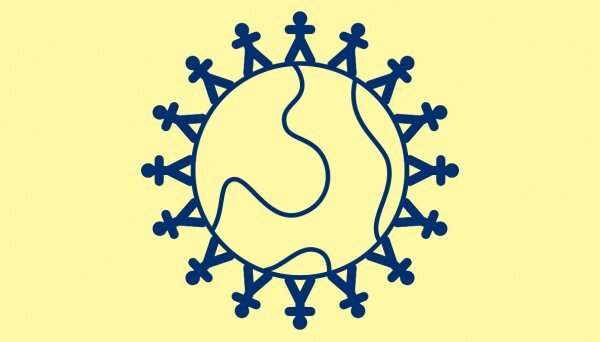This can be a pivotal moment for global health

As a global action plan to achieve health for all is launched at the United Nations General Assembly, Alex Harris explores what this means for research and innovation.
Despite some brilliant progress, we are off track to achieve the health-rated Sustainable Development Goals by 2030.
Launched today by the World Health Organization, Stronger Collaboration, Better Health: Global Action Plan for Healthy Lives and Well-being for All outlines how 12 of the leading global health and development organizations can better support countries accelerate their progress towards the global goals for health.
The Global Action Plan can be a pivotal moment for global health but only if we’re prepared to change how we think and act. It can’t be business as usual and the 12 signatories cannot deliver this plan alone. The entire global health community needs to use this moment as an opportunity to pull together and focus on implementing bold changes that will have lasting impact.
A global research system based on equity and access
Countries need to be in the driving seat if we are going to meet the health-related SDG targets—for research and innovation this means finding easier ways for them to set priorities and develop implementation plans. Research and innovation already makes a positive contribution to health around the world, but there’s much more we can do to grow and accelerate the contribution over the next decade.
This can happen through better coordination and alignment between the health interventions that countries most urgently need, and the priorities of the research community (including funders like Wellcome).
Currently national research priorities are not driving the global or regional research agenda and promising innovations often do not reach those who need them most. This needs to change. We need to work with countries to build a research system based on equity and access, which elevates their national priorities.
Having a plan is just the beginning
Source: Read Full Article
